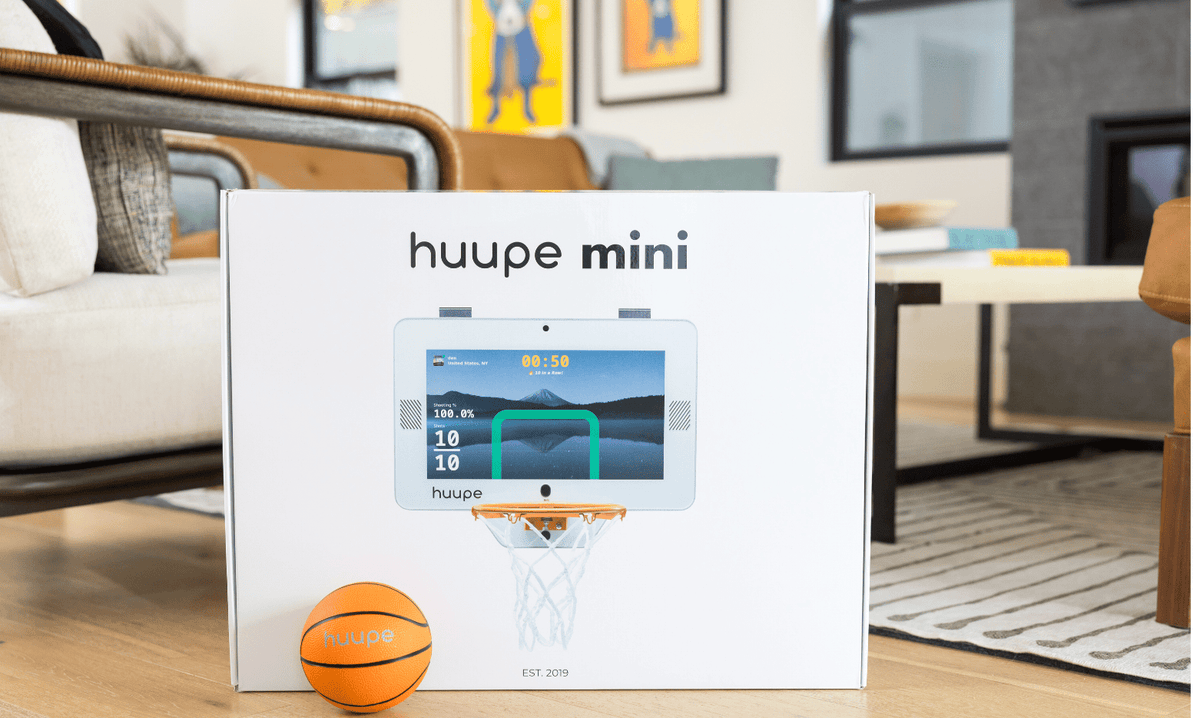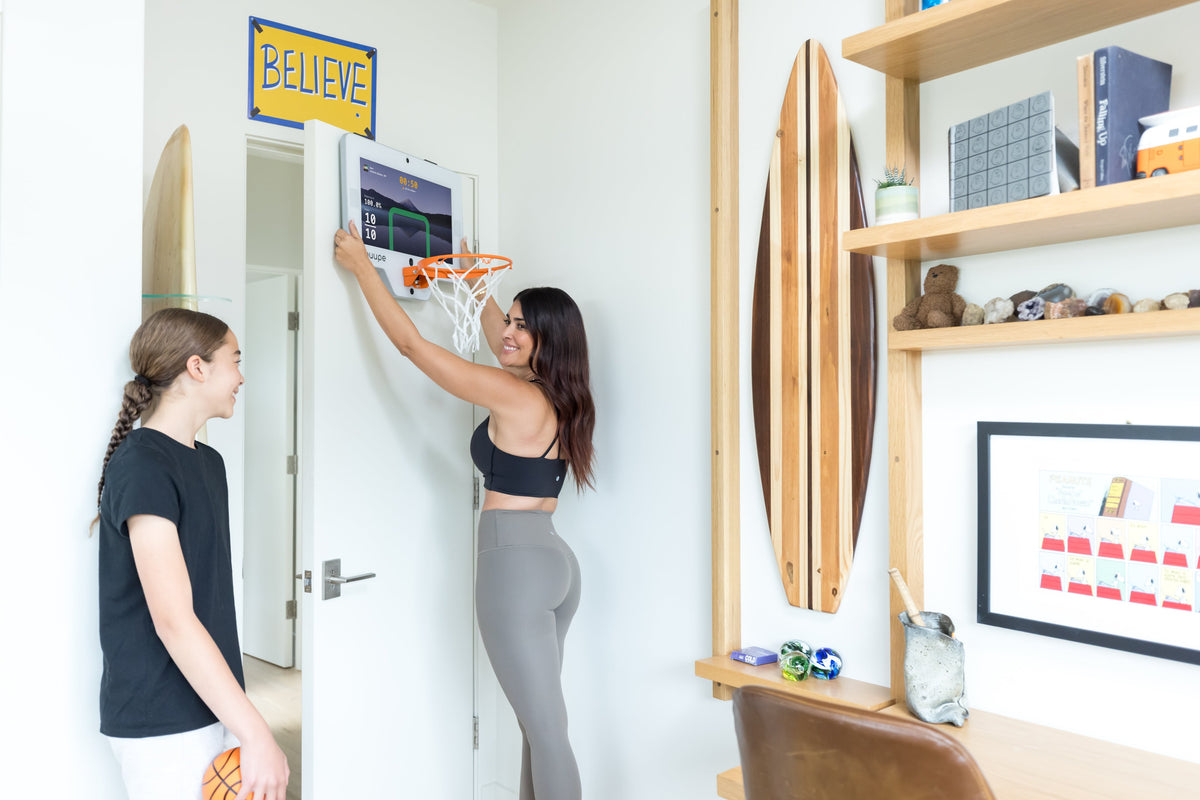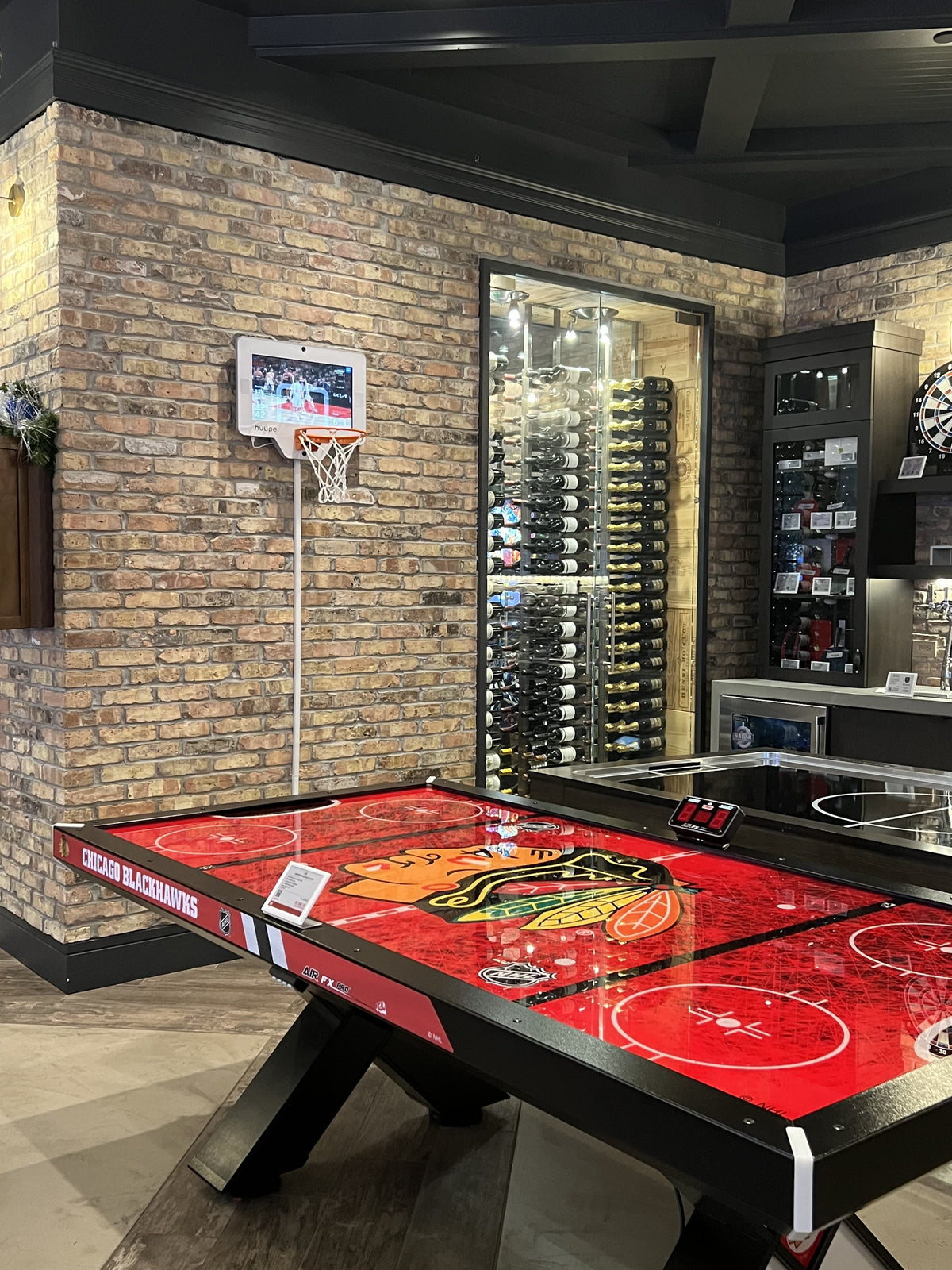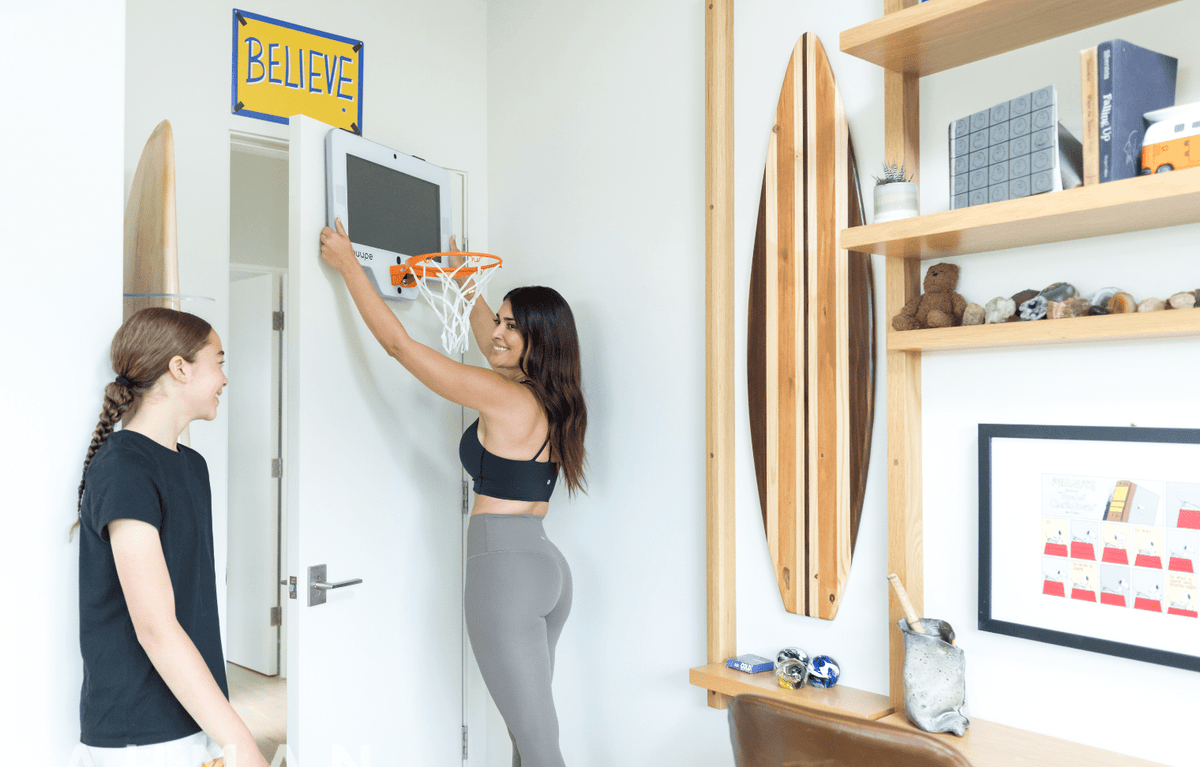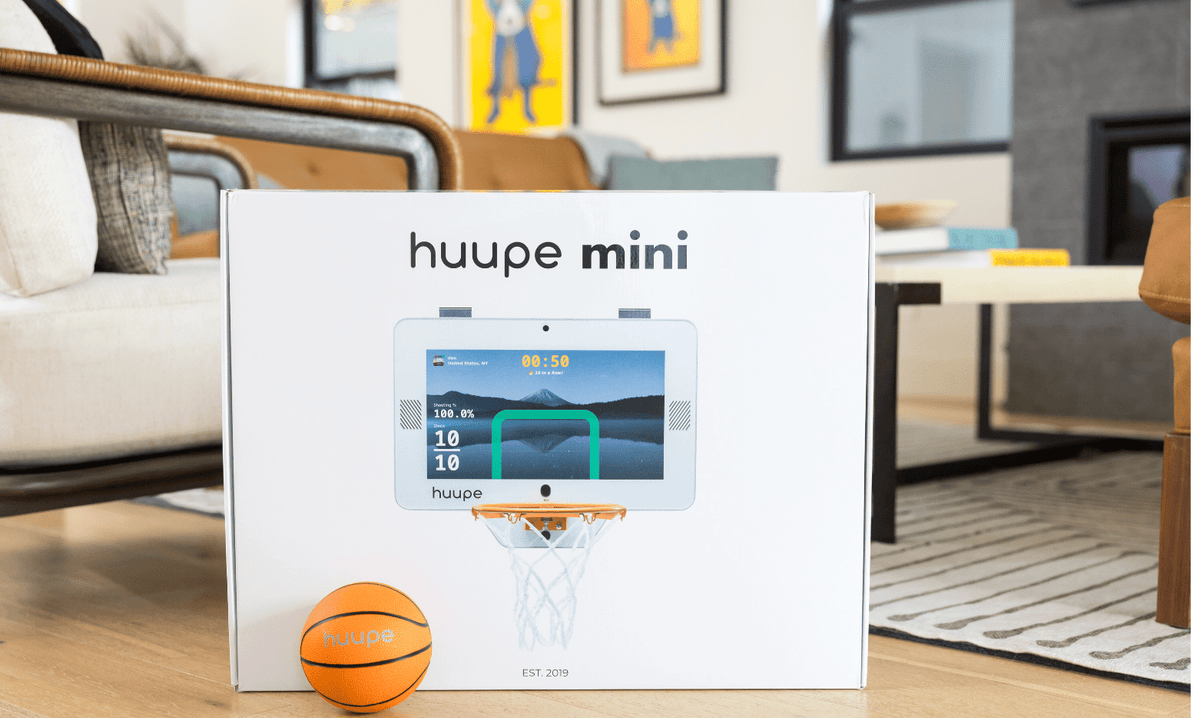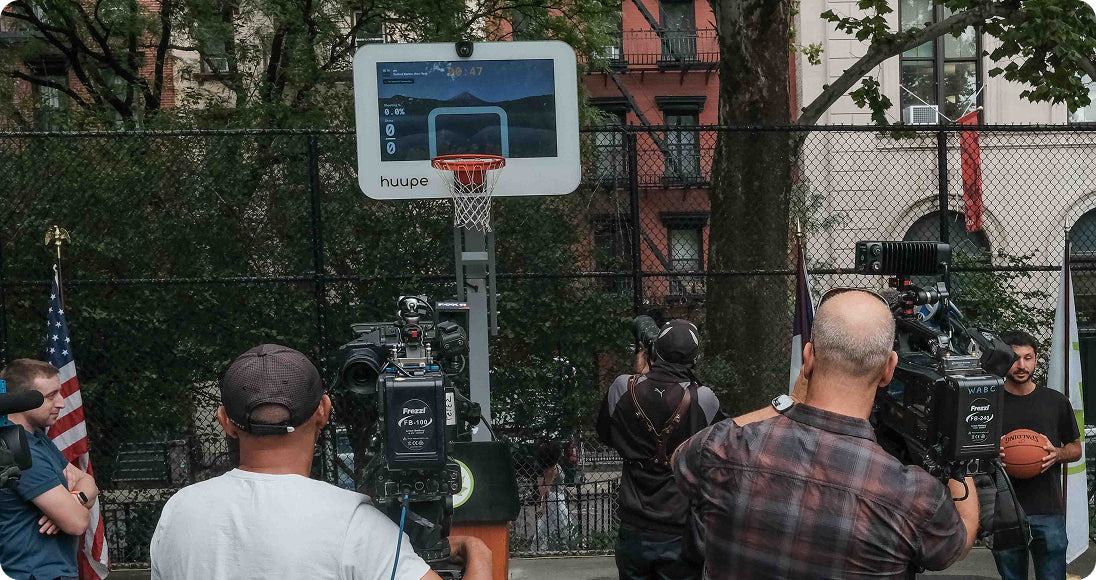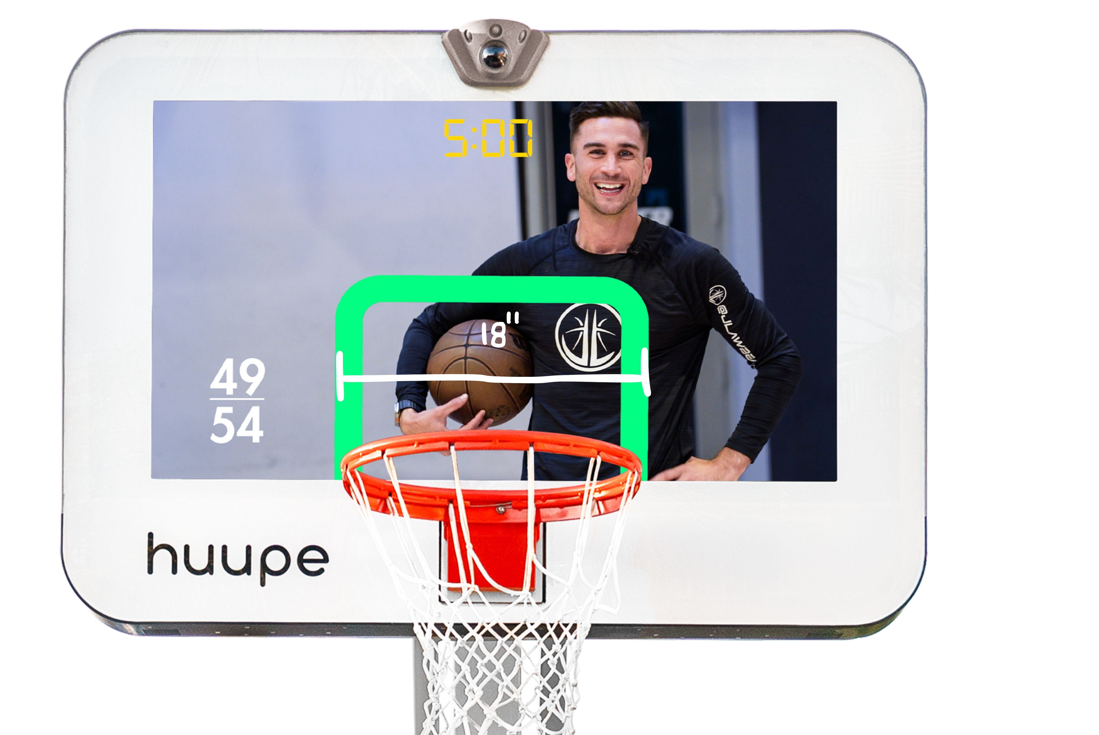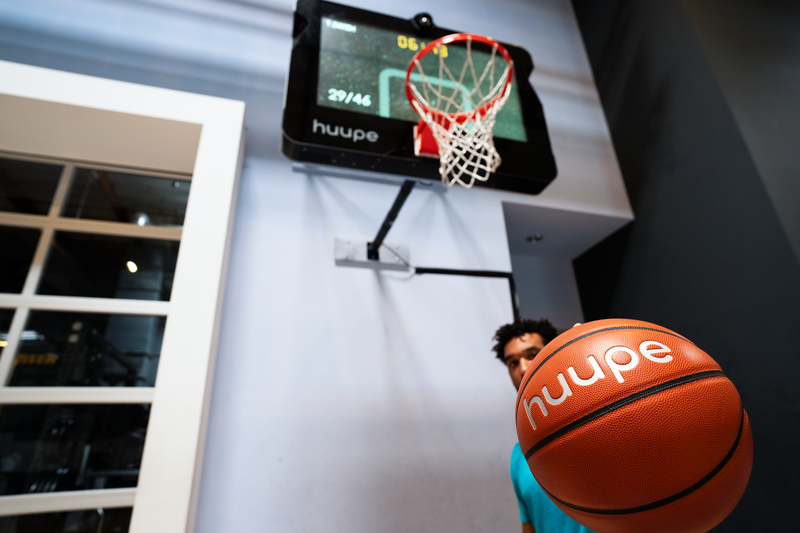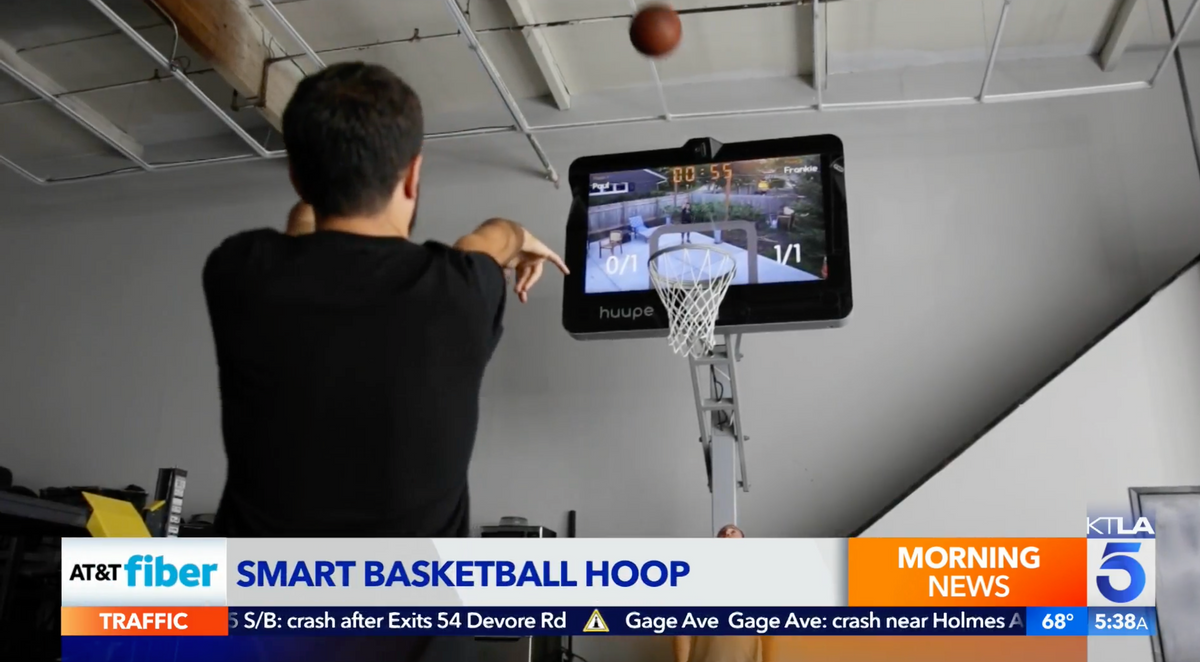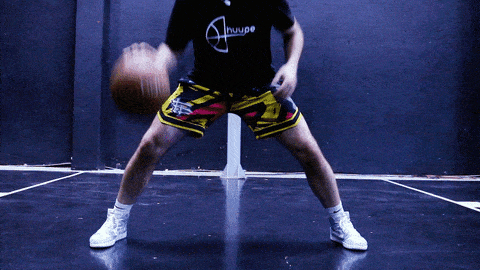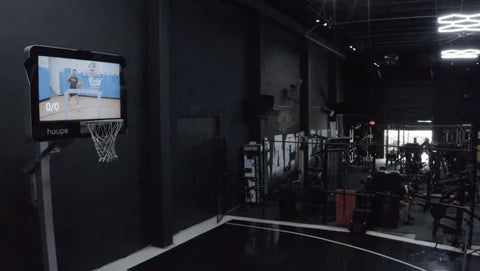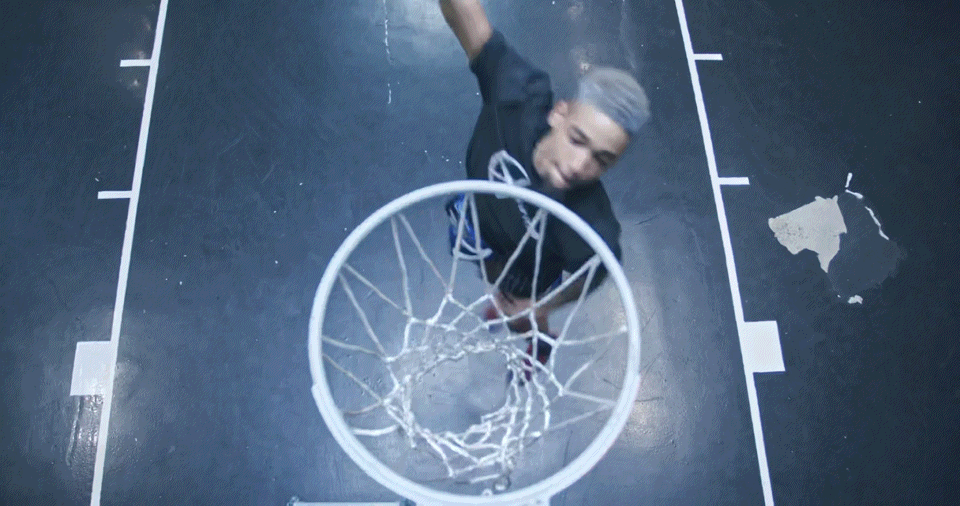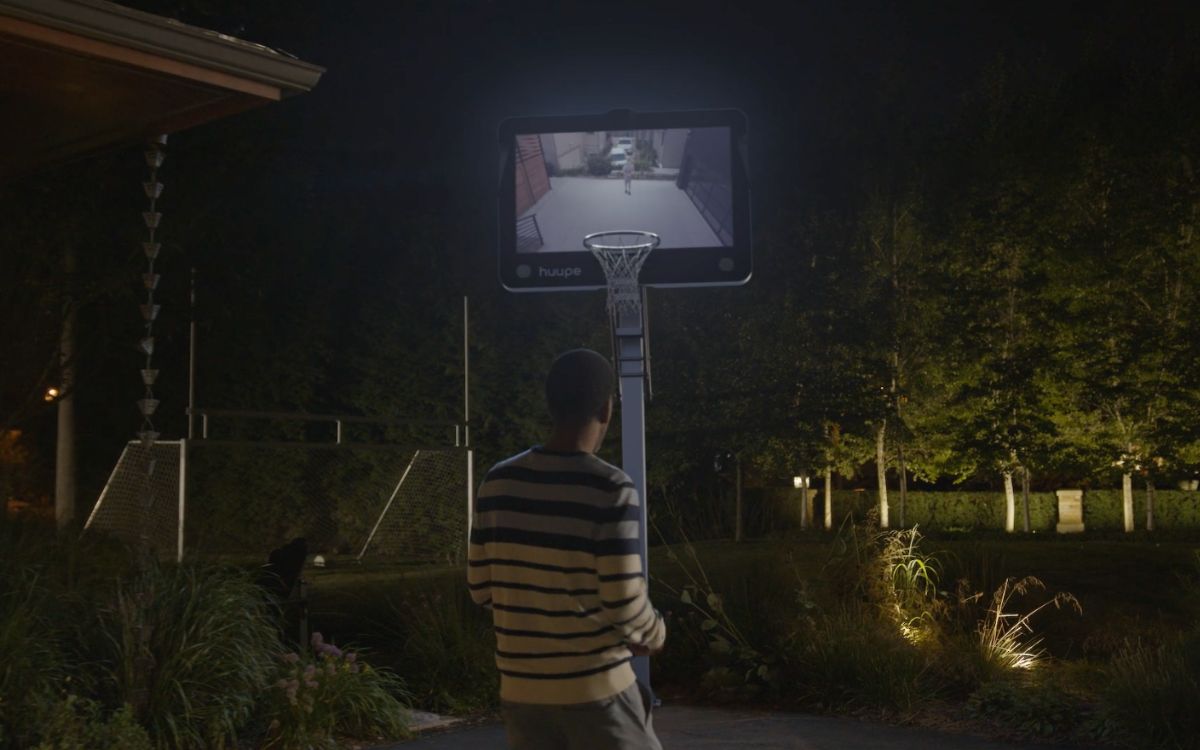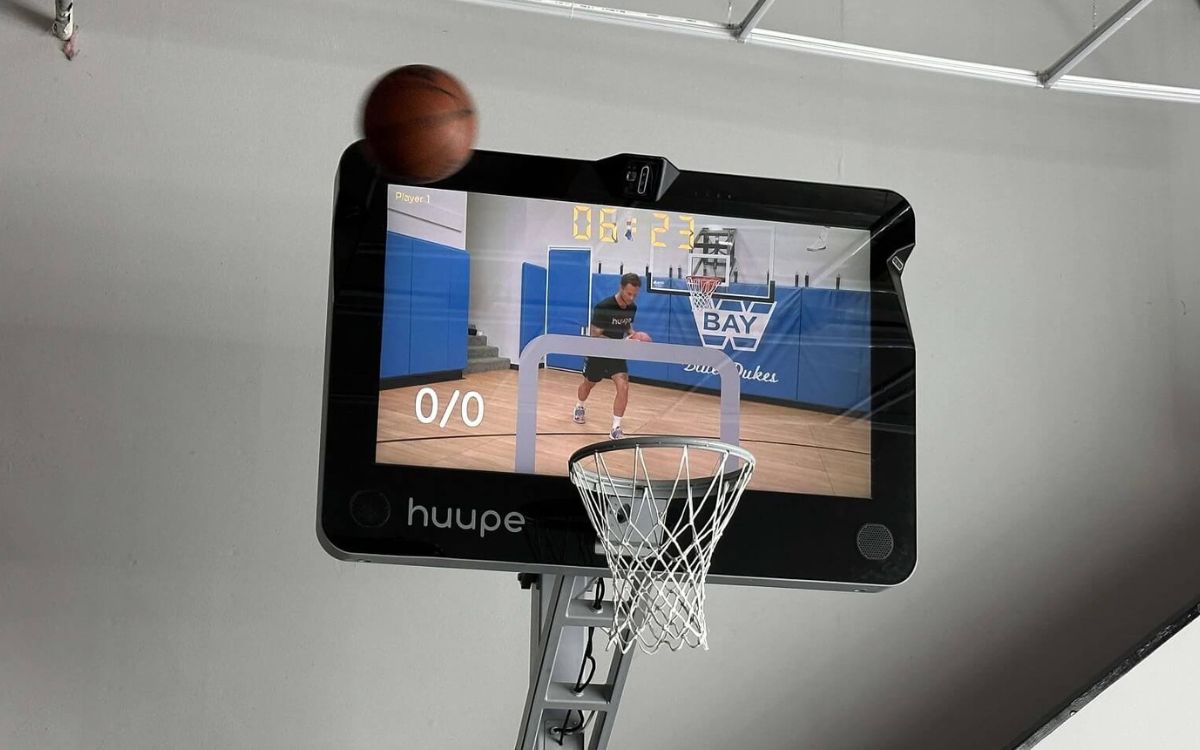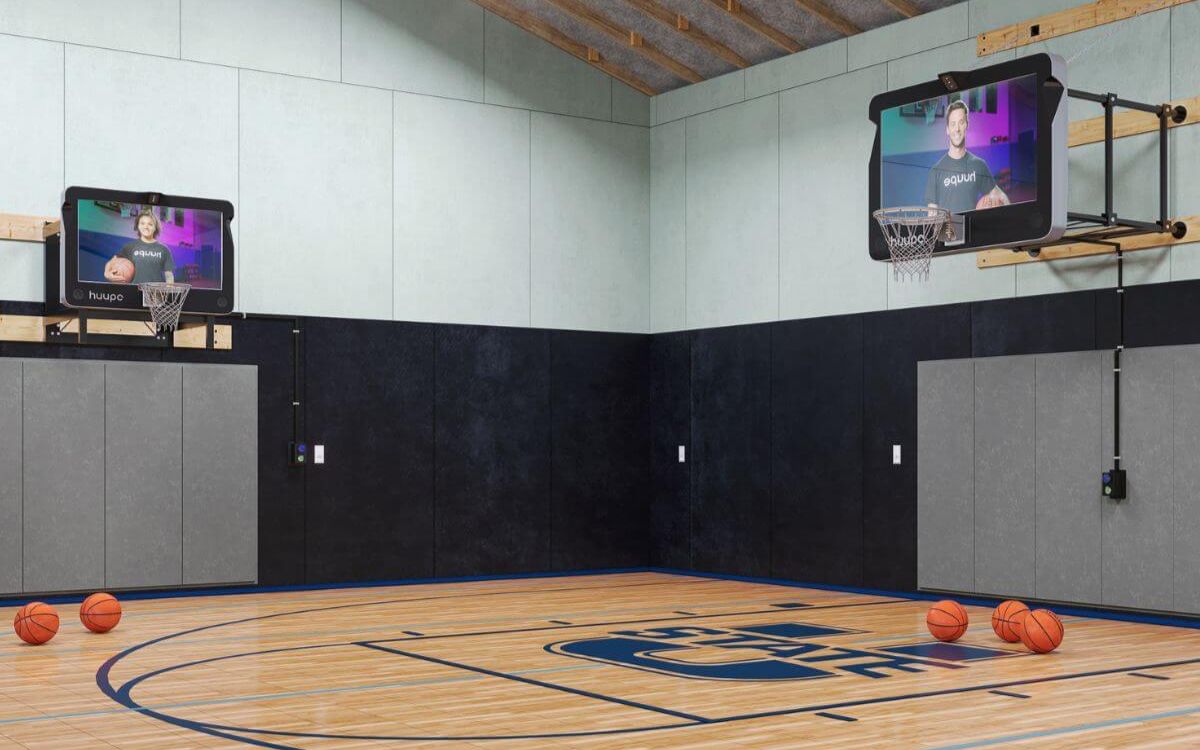Mini basketball hoops are a popular and entertaining addition to many homes, adding an element of fun and exercise to daily life. Whether you’re looking to practice your shooting skills or just want a bit of recreational fun, mini hoops offer a convenient way to enjoy the sport. However, like any recreational equipment, it’s important to consider safety to prevent injuries and accidents. This comprehensive guide explores the various safety aspects of mini basketball hoops, offering tips and best practices to ensure a safe and enjoyable experience.
What Is a Mini Basketball Hoop?
A mini basketball hoop is a scaled-down version of a standard basketball hoop, designed for indoor or outdoor use. Typically, these hoops come with a backboard, hoop, net, and often a ball. They can be mounted on doors, walls, or even come as freestanding units with their own base.
Types of Mini Basketball Hoops
1. Over-the-Door Hoops
These are designed to hang over the top of a door, making them ideal for indoor play. They usually come with padded brackets to protect the door and can be easily removed when not in use.
2. Wall-Mounted Hoops
Wall-mounted hoops are fixed directly to a wall or other vertical surface. They often offer more stability than over-the-door models but require drilling and installation.
3. Freestanding Hoops
Freestanding mini hoops come with a base that can be filled with water or sand for stability. These are versatile and can be moved around but are generally bulkier.
Safety Considerations for Mini Basketball Hoops
1. Installation
Proper Mounting: Whether it's an over-the-door, wall-mounted, or freestanding hoop, ensure that the installation is secure. Over-the-door models should be hung properly to avoid damage to the door or the hoop falling. Wall-mounted hoops should be installed according to the manufacturer’s instructions, using appropriate anchors and screws.
Secure Anchors: For wall-mounted hoops, use wall anchors suitable for your wall type (drywall, concrete, etc.). This prevents the hoop from loosening or falling, which could cause injury.
Stability of Freestanding Hoops: For freestanding units, make sure the base is filled adequately with water or sand to prevent tipping. Regularly check the stability and refill if necessary.
2. Choosing the Right Location
Clear Space: Ensure that the area where the mini hoop is set up has enough space around it. This includes a clear area behind the hoop and to the sides, so players don’t accidentally hit furniture, walls, or other objects.
Flooring: Soft flooring or mats can help reduce injuries from falls. Avoid setting up mini hoops in high-traffic areas or near hard surfaces that can cause injury if someone falls.
Avoiding Obstacles: Keep the area free of sharp objects, fragile items, or anything that could be knocked over during play. This helps to minimize the risk of accidents and damage.
3. Safe Play Practices
Supervision: Especially for younger children, supervision is crucial. Parents or guardians should oversee play to ensure that the kids are using the hoop safely and following the rules.
Appropriate Play: Ensure that players are using the hoop for its intended purpose. Avoid activities like hanging from the rim or using excessive force, which can damage the hoop or cause injuries.
Use of Equipment: Make sure the basketball used is appropriate for the hoop. An oversized or overly hard ball can be dangerous, particularly in indoor settings.
4. Regular Maintenance
Check for Damage: Regularly inspect the hoop for any signs of wear or damage. Check for loose screws, cracks in the backboard, or any other issues that might compromise safety.
Tighten Fixtures: Periodically check and tighten any fixtures or screws that may have loosened over time. This helps maintain the stability and safety of the hoop.
Replace Worn Parts: If any parts of the hoop are damaged or worn out, replace them promptly. This includes the net, backboard, or any other components that could impact the hoop's functionality and safety.
5. Safety Features
Padding: Some mini hoops come with padding around the backboard or rim. Padding can help reduce the risk of injury if someone accidentally bumps into the hoop.
Shock Absorption: Look for hoops with shock-absorbing features, especially in freestanding units. This can help reduce the impact on the hoop and surrounding area, making play safer.
Potential Risks and How to Mitigate Them
1. Falls and Collisions
Mitigation: As mentioned, ensuring a clear play area and using soft flooring can help mitigate the risk of falls and collisions. Additionally, teaching players to be aware of their surroundings and play responsibly can reduce accidents.
2. Door Damage
Mitigation: For over-the-door models, use pads or protective coverings to prevent damage to the door. Ensure that the hoop is properly secured and that it does not interfere with the door’s operation.
3. Structural Damage
Mitigation: When installing wall-mounted hoops, follow the manufacturer’s instructions carefully to avoid damaging walls. Use the correct type of anchors and screws based on your wall material.
4. Injury from the Ball
Mitigation: Use the appropriate size and type of basketball for the hoop. Avoid playing too aggressively, and ensure that players use the ball in a controlled manner to prevent injuries.
Final Thoughts
Mini basketball hoops offer a fantastic way to enjoy the sport and improve your skills in a fun, engaging way. However, as with any recreational equipment, safety should always be a top priority. By following the installation guidelines, choosing the right location, practicing safe play, and maintaining the equipment, you can ensure that your mini basketball hoop provides hours of enjoyable and safe fun.
Whether you’re setting up a hoop for your kids, your home office, or your game room, taking these safety considerations into account will help you create a safe environment for everyone to enjoy. With proper care and attention, your mini basketball hoop can be a lasting source of entertainment and exercise.















